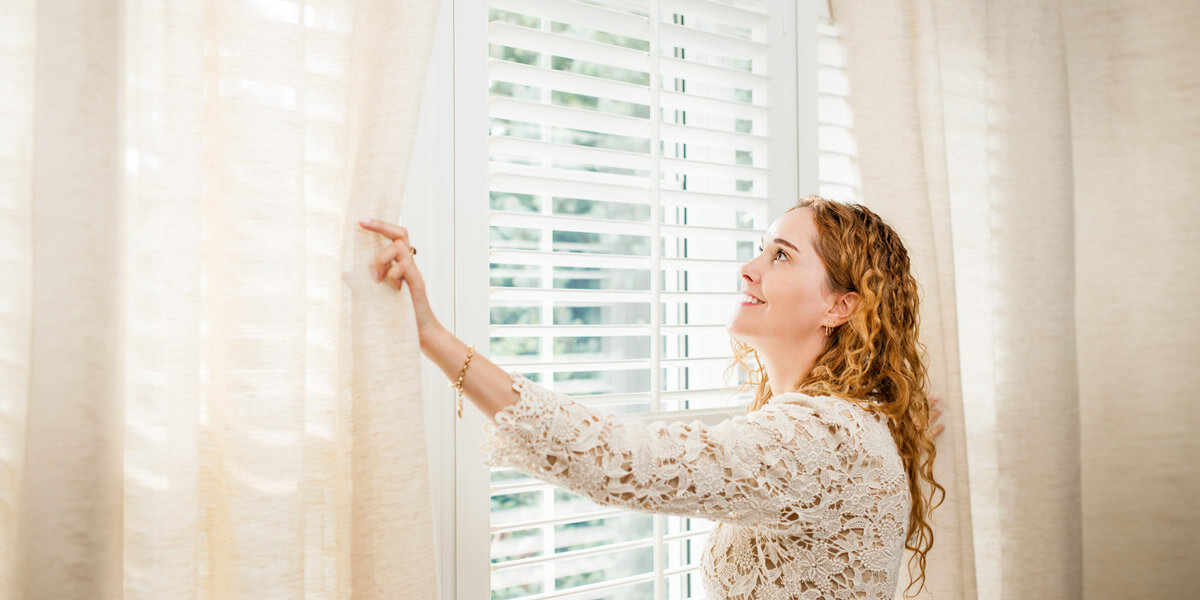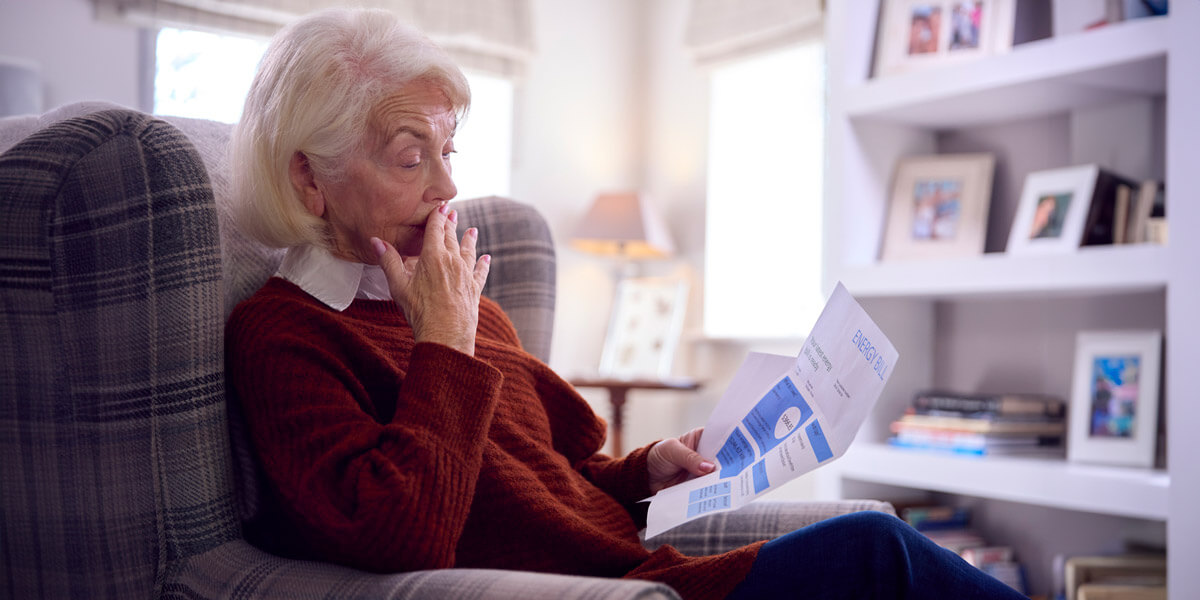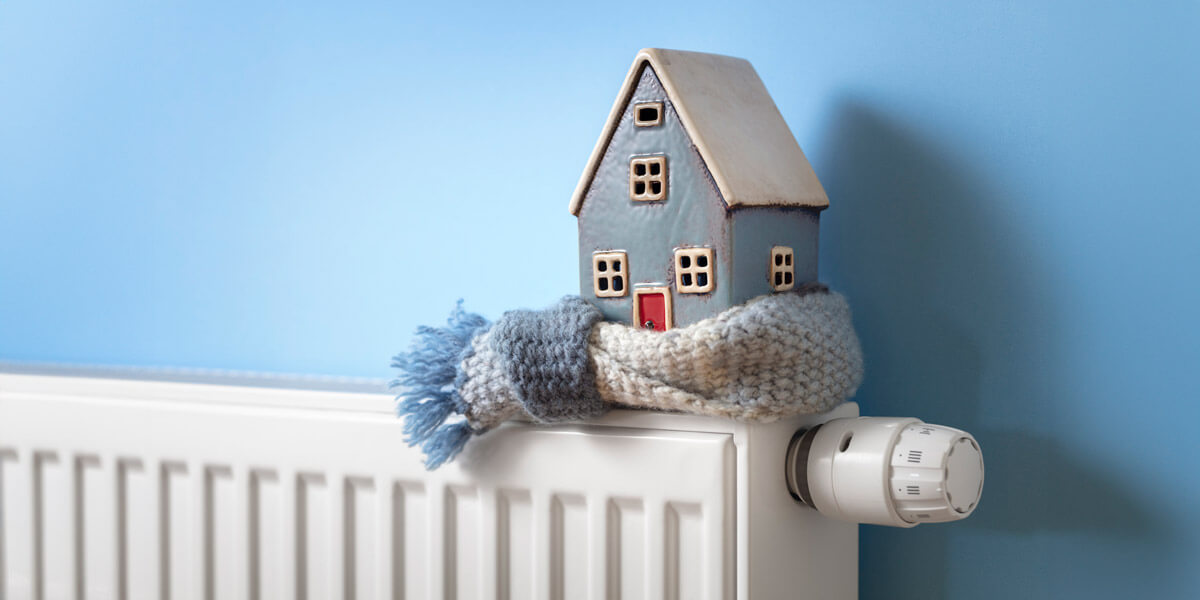Phoenix metro is known for its extremely hot summers, but February brings milder temperatures that still call for some thermostat adjustments to keep things comfortable indoors. With average highs of around 70°F and average lows around 48°F for the month, you’ll want to optimize settings on your home heating and cooling system. Here are some tips from your local HVAC experts at Bruce’s Air Conditioning & Heating.
Take Advantage of the Warm Days
During the warmer daylight hours when temperatures climb, set your thermostat higher to avoid running the air conditioner unnecessarily. 72-75°F should be comfortable enough without feeling too chilly. Open your blinds, shutters, and curtains to allow sunshine in to make indoor areas naturally feel warmer. Doing this for just a few hours in the warmest part of the afternoon can also help soak up some solar heat that will continue radiating back into your home after the sun goes down.
Keep Cozy Through the Cool Nights
Don’t let the pleasantly mild Phoenix days fool you. It still gets brisk after dark in February. As soon as the sun tucks behind our Valley of the Sun mountains, you’ll start feeling the chill. Set your thermostat around 68°F during evenings and at night to keep warm without overheating or drying out the air too much. Ensure it’s set to automatically switch over to heat as needed. Use a programmable smart thermostat to easily maintain these temperature setbacks for certain hours. You can toss an extra blanket on the bed too.
Tweak Settings as Weather Changes
February weather isn’t exactly consistent in Phoenix metro, with this year seeing high variances in day-to-day temperatures with more rainy days than typical during wintertime. Pay attention to daily forecasts and tweak your thermostat further to maximize savings. There’s no one-size-fits all temperature and timing for thermostat settings during fluctuating late winter climate. By tailoring it daily based on the weather, along with leveraging automatic scheduling capabilities, your family can stay cozy while keeping utility bills in check. Maintaining 72°F+ during the day and 68°F at night is a good baseline.
Ready to enjoy these benefits? Contact the expert technicians at Bruce’s Air Conditioning & Heating, your local Valley-wide HVAC experts, for servicing, repair, and installation. Call us today at 480-968-5652 to learn more and schedule an appointment. We’re always here for you 24/7 366 days during this leap year.
















